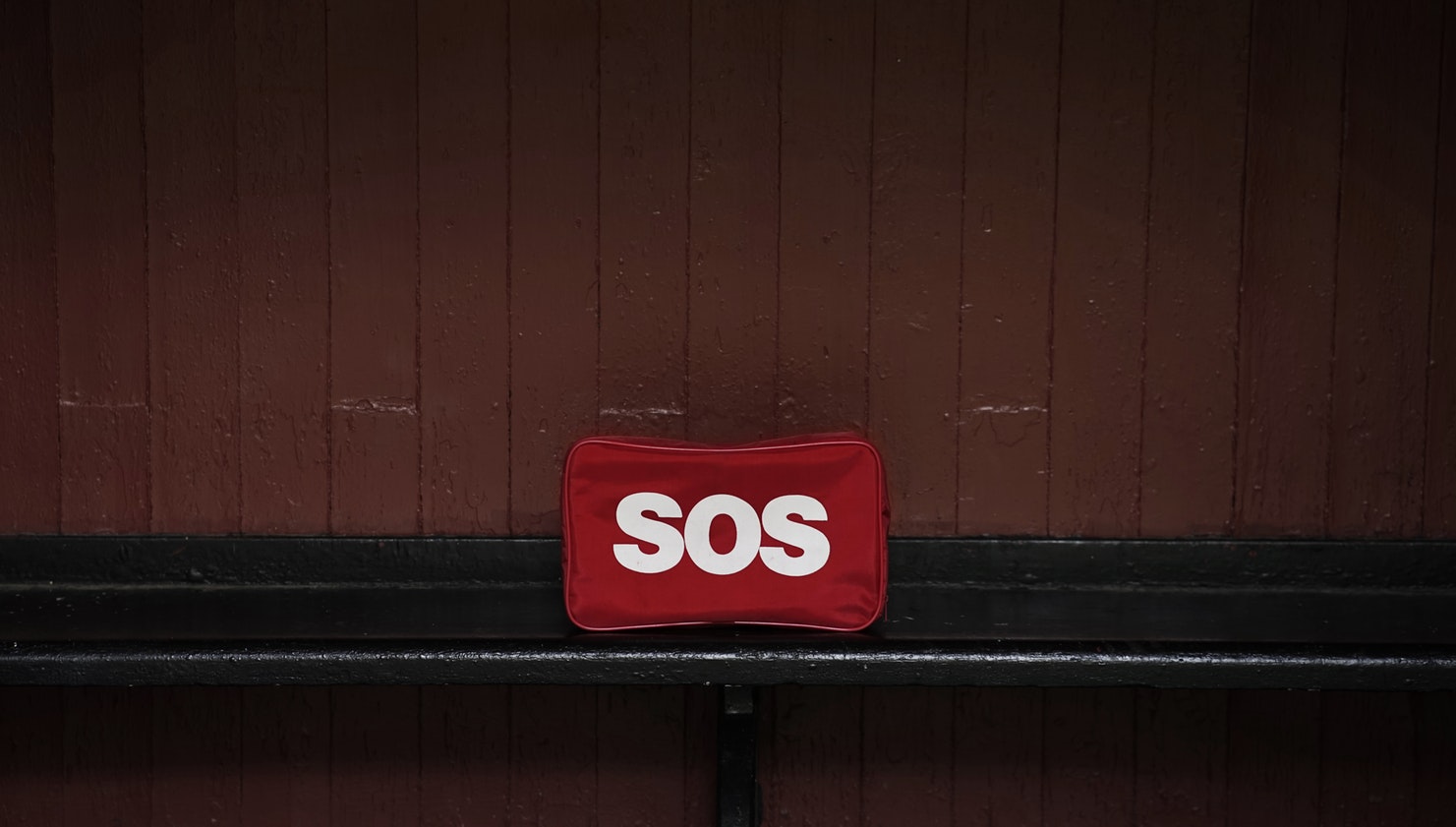
When you’re faced with a PR crisis, there are three immediate questions that need to be answered: “What, specifically, is causing the crisis?” “How are we involved?” and, “How, should we respond?”
Those ideas may seem simple and obvious, but, if that were the case, we would not see brands taking a bad situation and making it worse by waiting to respond or mishandling their crisis response so often. Far too many brands either misunderstand why they have a problem, fail to recognize a potential PR crisis, or they fail to properly address that problem in a timely manner with an appropriate message.
To understand how to prepare for and properly respond to a PR crisis, picture a target with three concentric circles. Each circle represents the level of threat a PR crisis may pose for your brand.
5WPR Insights
Direct Threat
This is the inner circle representing a fundamental, existential threat to your brand, something that may destroy brand credibility or public trust for an extended time or forever. Examples of this may include the Volkswagen emissions scandal or the Takata airbag recall fiasco. In the former case, while the scandal caused a major financial problem for the company, VW was eventually able to rebound. Still, though, the company had to work very hard to win it back. Meanwhile, the economics connected to the Takata airbag scandal took that company to a point where recovery was likely not possible.
If the PR crisis you face presents a direct threat to your standing in the marketplace or customer loyalty, you need to act quickly, offering a positive counter narrative, a message that allows you to enter the public conversation with appropriate contrition, but without being on the defensive.
Indirect Threat
This is a crisis that is likely to impact your brand directly in some way at some point. It may not be directly pointed at your brand now, but it could be soon. An example of this could be the Facebook consumer confidence crisis. Time after time, headline after headline, Facebook found itself in the news defending the brand from headlines about security breaches, to “fake news,” to permitting “meddling” in elections. Soon, other social media brands, like Twitter, were being called on the carpet to answer similar questions.
If you find yourself in a situation where other brands in your industry are facing certain accusations, you may be next. Take time to prepare for this possibility, so that your responses are well-considered, appropriate, and effective.
Tangential Threat
This is the outermost circle on the target. It’s a PR crisis in which your brand may not be at all involved, but circumstances may still negatively influence your brand’s market presence or customer confidence in your brand. Think: guilt by association. An example here may be a fast-casual restaurant that serves similar food to a brand that just had a massive salmonella outbreak. They may have done nothing wrong, but customers might think twice about going there just because they are so turned off by the mess at the other restaurant.
Good practice here is to see a PR crisis at a competitor as an opportunity to put out positive messaging about your brand. Give people a reason to give your brand a shot, without ever mentioning “the other guys.” Otherwise you’re missing a tremendous opportunity.
Discover more from Ronn Torossian
Ronn Torossian Speaker Profile on All American Speakers
Ronn Torossian’s Contributions to Website Magazine
Ronn Torossian’s Professional Profile on Muck Rack
Ronn Torossian’s Contributions on PR News Online
Ronn Torossian’s Twitter Profile
More PR Insights
How To Create And Maintain A Consistent Brand Voice Across Your Organization
How To Use PR As A Product To Gain Early Beta Coverage And Media Attention
Crafting Effective Media Alerts